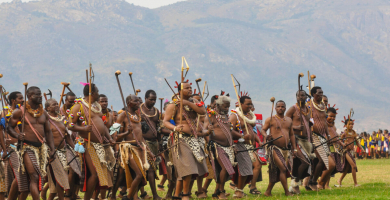Top 9 Guinean Culture, Customs and Etiquette
Depending on the tribe one belongs to, Guinea is a culturally, ethnically, and linguistically varied country with various traditions. However, there are some ... read more...traits that all tribes or races share. Because Guinea was once a French territory, various aspects of French culture have influenced Guinean culture. Here are some things to know about the Guinean Culture, Customs and Etiquette.
-
In Guinea, greetings are very important. Every time you meet someone, you must first ask about their health and the health of their family before continuing the discussion or saying anything else. The culture of Guinea supports and encourages equality among its people. The use of the left hand in social situations is discouraged in Guinea because it is thought to be impolite or improper. Shaking hands, giving someone something, paying for anything, or even just pointing at something are all prohibited with the left hand. This is something that should be remembered before traveling to Guinea.
The nation's social beliefs and etiquette are comparable to those of other African countries. For instance, it is traditional and courteous to greet one another before engaging in further conversation. It is customary to ask about their well-being before engaging in any other conversation. The welcome is typically followed by a handshake and, occasionally, a quick kiss on the cheek. When speaking with their elders, children should be respectful and keep their gazes downcast. Sometimes a child needs to use an intermediary to speak with an elder. In addition, it is considered unlucky to commend a child on their beauty.
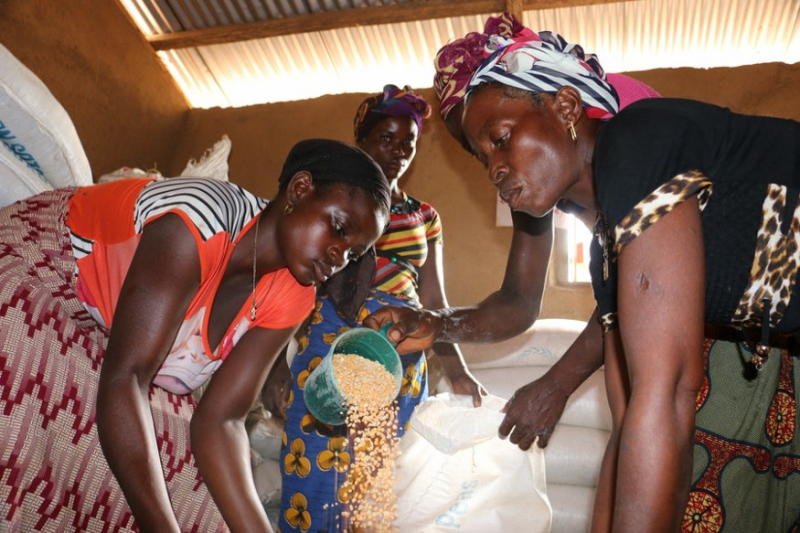
medium.com 
medium.com -
There are three main religions in Guinea. These three religions make up roughly 85% of the population each: Islam, 8% Christianity, and 7% or so traditional beliefs. The populace (both Muslims and Christians) practice a hybrid kind of religion, hence the statistic for conventional religions may be a little deceiving. This hybrid religion combines historic beliefs with elements of both contemporary Islam and Christianity. Thus, it is extremely likely that traditional religions are the most widespread. Wearing amulets or charms by Christians or Muslims is one instance of this blending. The likes of Hindus, Baha'is, Chinese religious organizations, and Buddhists are examples of other small religions.
Muslims can be categorized into three main groups: Sunni, Ahmadiyya, and Shia. The majority of Muslims are Sunni, with Ahmadiyya and Shia traditions ranking second and third, respectively, in terms of percentage of the Muslim population. It's interesting to note that, unlike in other Muslim nations, the women here do not always adhere to the purdah or wear full-coverage clothing (seclusion).
Numerous Christian denominations exist, including those of the Roman Catholic Church, Seventh-Day Adventists, Baptists, Anglicans, and other groupings. In addition to these significant denominations, Jehovah's Witnesses have a following. The Roman Catholic Church is the most prevalent religion. The Coastal or Forest Regions are where the majority of Christians are from.
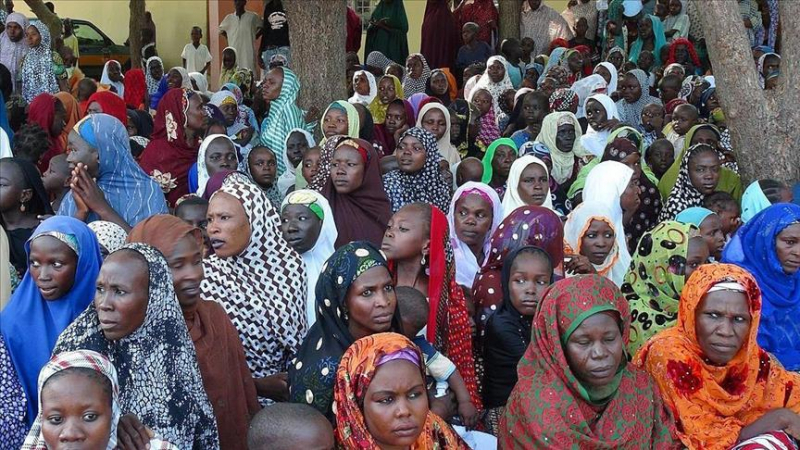
aa.com.tr 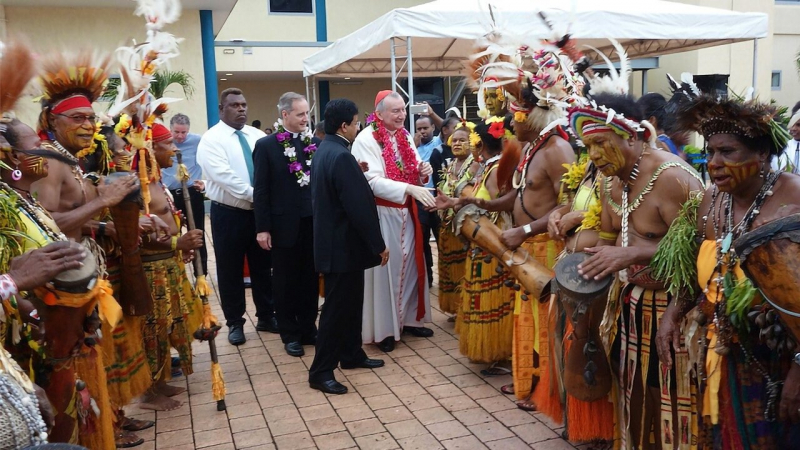
vaticannews.va -
Starchy dishes like fou fou, pumpkin pie, fried plantains, and fried sweet potatoes make up the majority of Guinean cuisine (also known as patates). Rice is another important staple, though the ingredients used to prepare it differ from place to region. One example of a western influence on Guinean culture is rice. Boiling mangoes, tamarind beverages, smoked salmon, sesame pastries, and many other delicacies are noteworthy as well. Even though they consume beverages like ginger beer, palm wine, and a hibiscus beverage, the people typically do not eat dessert. Various sauces, such as footi sauce, maffi hakko Bantura (made with sweet potatoes), sauce d'arrachide ou Kansiyé, and others, are frequently served with main dishes. Pork is only consumed in a few locations due to the majority Muslim nature of the population.
People generally eat from a sizable serving dish with their hands in rural places. There are many different cultures and traditions observed at mealtimes. For instance, eating while standing up is rude. A visitor who joins a family for a dinner must also participate in the meal.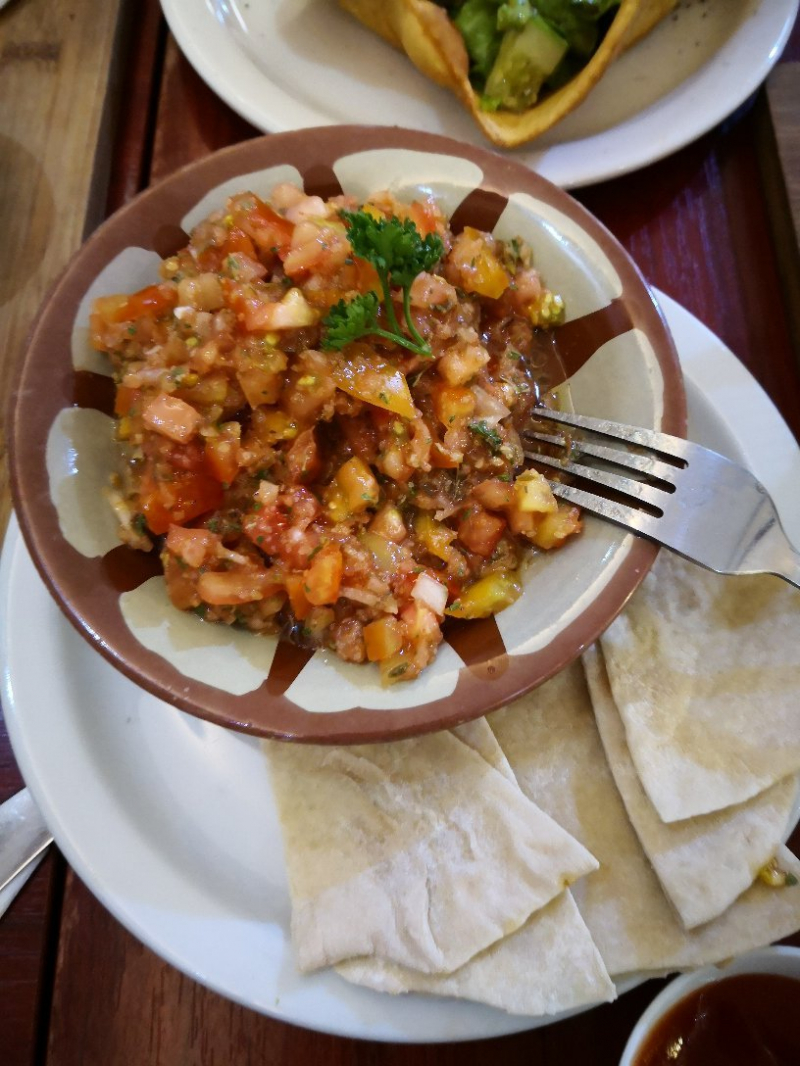
tripadvisor.com 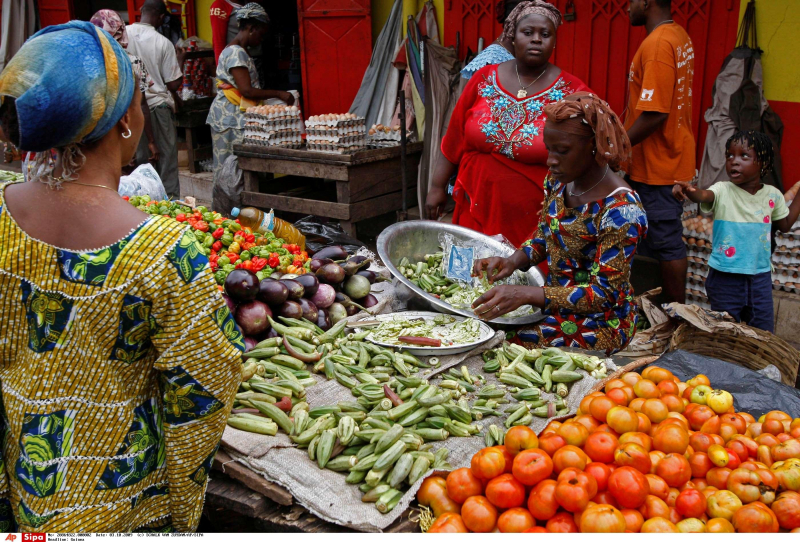
totalenergies.com -
In Africa, music unites people and communities; it is the thread that binds together even those from different cultural and religious backgrounds. The Ngoni, balafon, Kora, Dunun, and Djembe are common instruments in Guinea and are utilized extensively in Guinean folk music. In the 1970s, Sekou Toure, the previous president, instituted a music policy that encouraged musicians to use traditional inspirations in their work.
The music has typically been dominated by sizable ethnic groups, such as djelis (traveling musicians) from the sizable Mandé population. These roaming musicians sang accolades for leaders and tunes from their country. They played a variety of musical instruments, including as the banjo, balafon, kora, and Dunun. Popular musicians started to appear after the end of World War II, employing modern instruments like the guitar. Popular early bands include Keletigui Et Ses Tambourinis, Balla et ses Balladins, and Kebendo Jaz. In recent years, the government also established a network of musical and dance ensembles that performed at most of the nation's events and included renowned musicians.
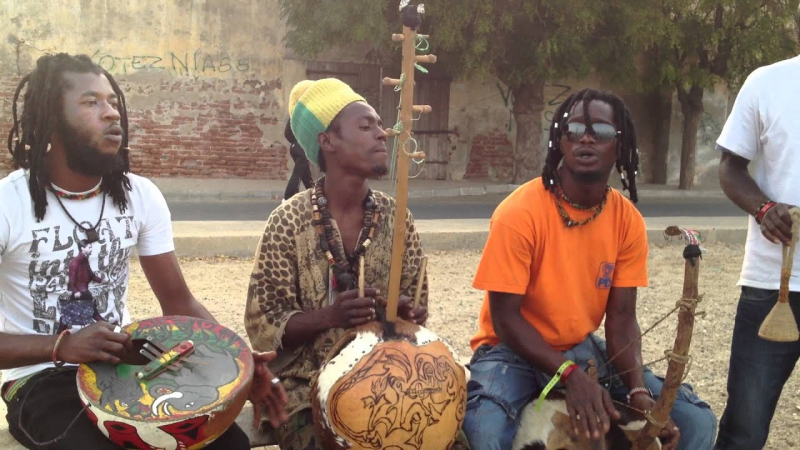
youtube.com 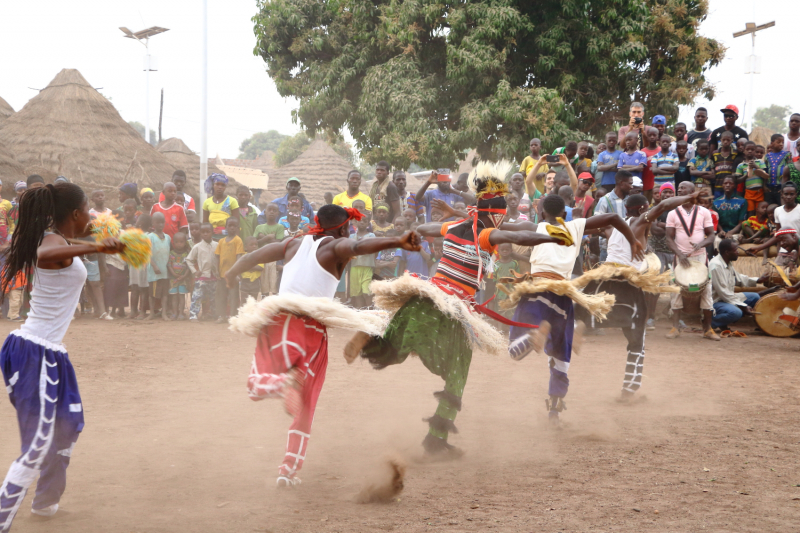
dounyafanyifan.wordpress.com -
Guineans are lively, fun-loving people. They are also very committed to upholding their beliefs, which is clear from all the celebrations and religious rituals they follow. Islamic rituals and ethnic traditions are heavily emphasized throughout several of Guinea's festivities and national festivals. The nation's capital, Conakry, frequently hosts festivals. In addition to holidays that follow the Muslim calendar, there are cultural occasions that offer wonderful chances to highlight the nation's variety.
Kini Afrika or Festival des Arts de Conte is one of the most famous festivals in Guinea. The most skilled writers and wordsmiths in Guinea perform in this festival in an explosive display of traditional drama. During this week-long celebration of street art, storytellers, journalists, poets, and writers read selections from their works to the crowds. People congregate as well to engage in debates and oratory. Workshops and conferences coexist, fostering an interest in both the written and spoken word. The final week of April is frequently when this artistic festival takes place.
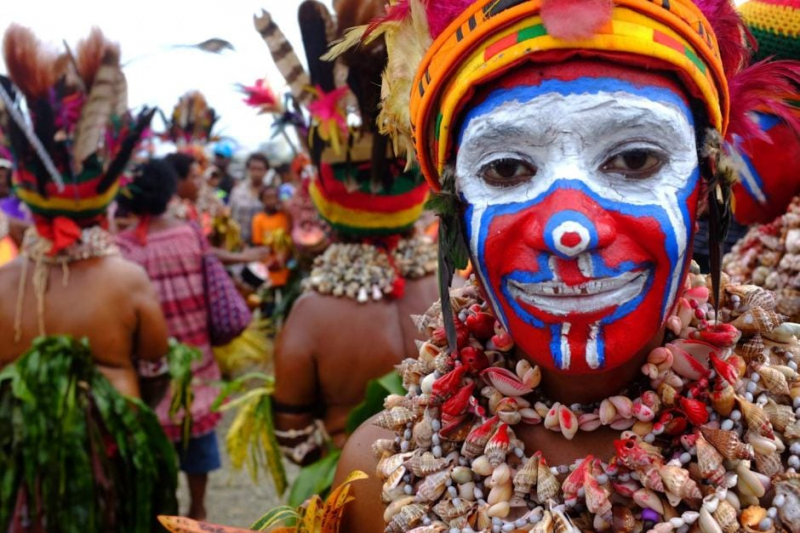
thedreamafrica.com 
institute.global -
Fine writing comes from Guinea. Traditional poets known as Malinke and Peul griots, sometimes known as praise-singers, tell stories and sing songs to recite and transmit ancient customs. French writers have created works that have gained recognition around the world, like Malinke Camara Laye. He depicts a young boy growing up in the Malinke homeland in his book The African Child (L'Enfant Noir). The boy is taught about spirits and taboos by his parents, who also happen to be goldsmiths. American institutions frequently use the book in their French and literature courses.
Unfortunately, the literature is not very sophisticated because of the nation's shockingly low literacy rates. The nation actually has among of the highest rates of illiteracy worldwide. Despite the fact that primary education is required, this illiteracy persists. Because of this, the majority of literature has been passed down orally from generation to generation. In this context, oral media like radio and other broadcasts have also been quite important.
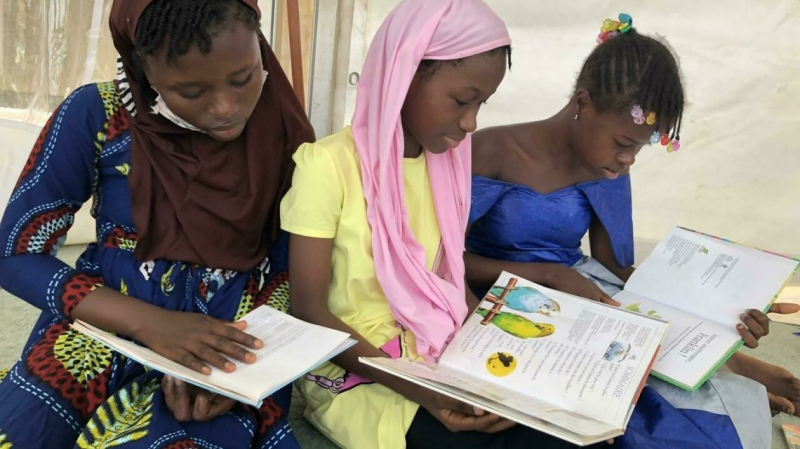
cultureafrica.net 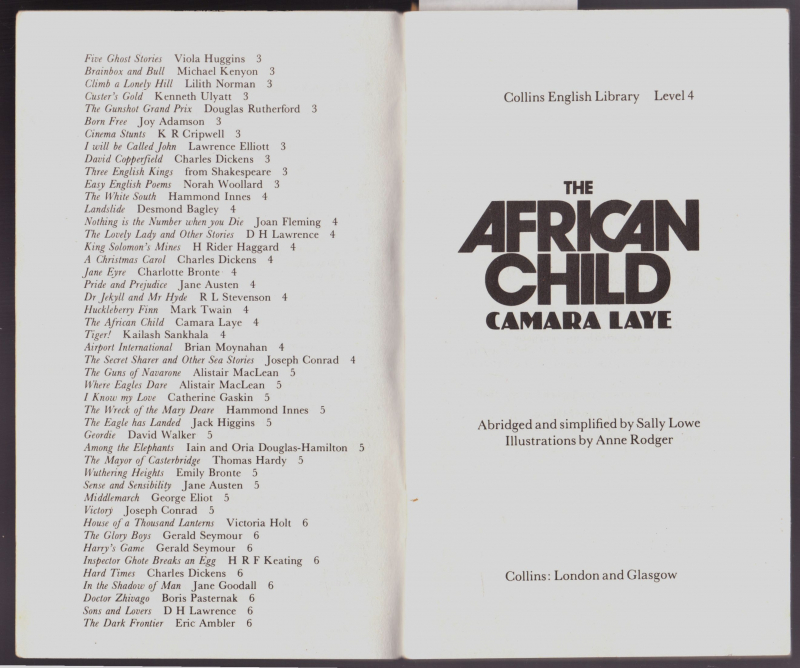
biblio.com -
Guinea is a community that is primarily Muslim. Guineans dress similarly to those in neighboring West African nations. Although precise dress designs differ depending on ethnicity, the clothing is often flowy and conservative. Men typically dress in long, loose robes or gowns over loose slacks with a mid-calf taper. Nevertheless, guys wearing long pants and a t-shirt or a light long sleeve shirt are now frequently seen. Women dress in long skirts or loose shirts with long dresses, frequently decorated with vibrant patterns. Men frequently wear hats, while women frequently wear head coverings.
Visitors to Guinea should bring comfortable, modest attire. Women should make sure their apparel covers their thighs and midriffs. Women should feel comfortable wearing long dresses, long slacks, and below-the-knee skirts. Men should wear comfortable long pants. Shorts are rarely seen on people. Polo shirts or button-down shirts are useful to bring. People will anticipate that you will be wearing more than just a t-shirt. Bring a decent hat and some solid walking shoes or sandals.
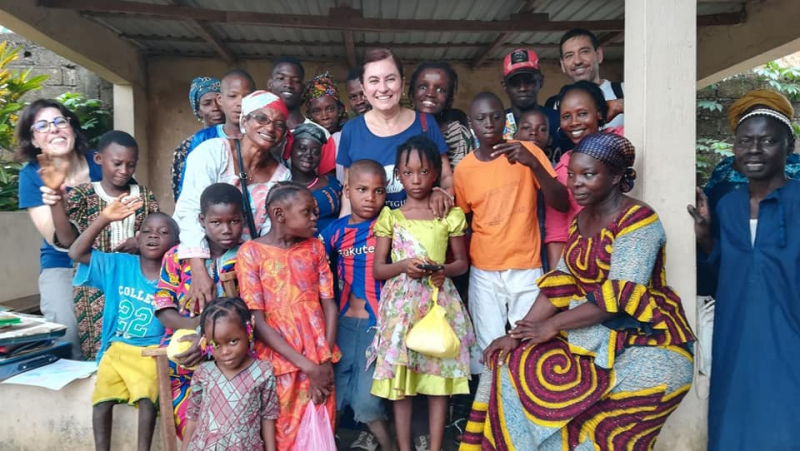
santegidiocommunity.org 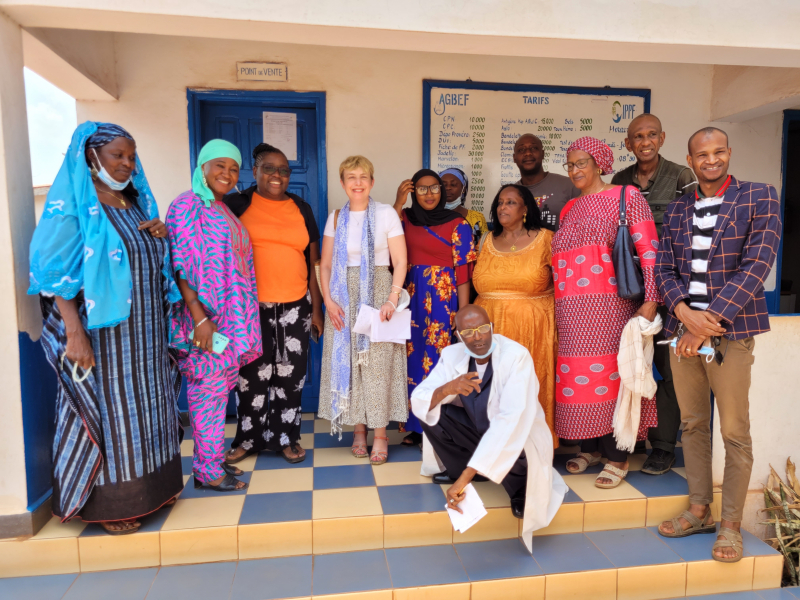
africa.ippf.org -
Football is the most widely practiced sport in Guinea. The national team competes in matches such as the Africa Cup of Nations (Afcon), FIFA World Cup Qualifying, and other regional contests. Guineans like football despite their difficult social and economic circumstances. Syli Nationale, which translates as National Elephant in English, is the name of their national football team. On the international stage, they haven't done so well, and they've never made it to the FIFA World Cup finals as hosts. At the 1976 Africa Cup of Nations, where they placed second, they had their greatest performance in a competition held abroad.
Football has a certain religious status, despite their often subpar international play. Kids would frequently spread out a net and block the entire street so they may play while the traffic is stopped. There are a few significant football venues in the nation, including the Strade 28 and the Nongo Stadium.
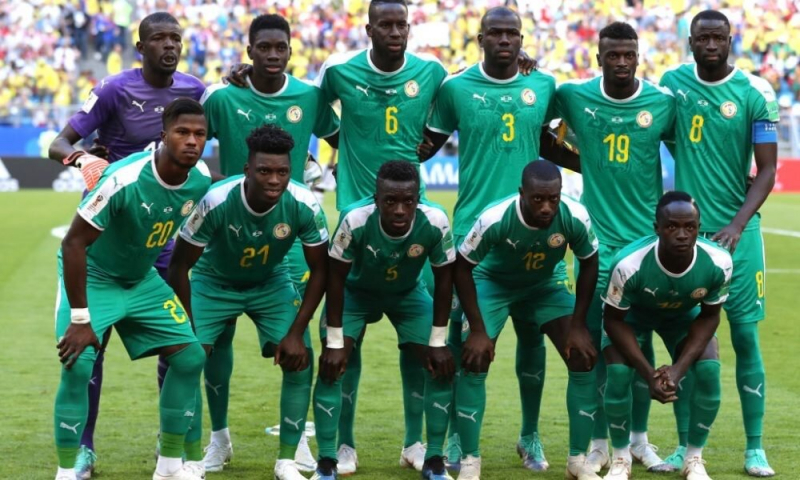
kerrfatou.com 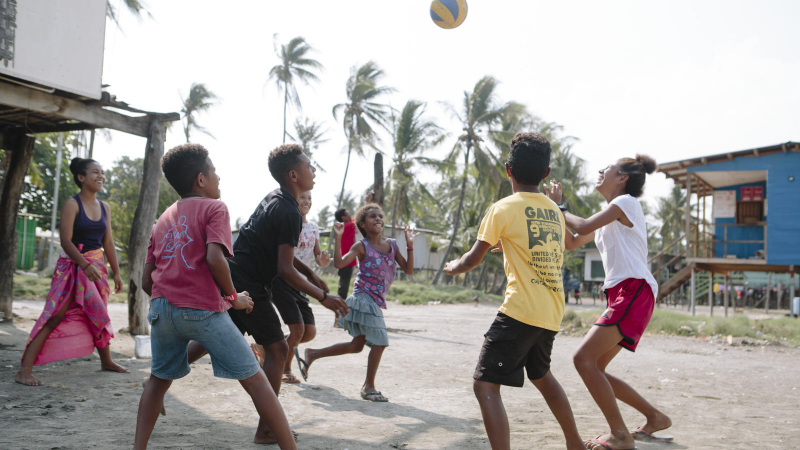
wateraid.org -
An array of languages are spoken in the Republic of Guinea. In the country, people speak more than 40 different languages. French is Guinea's official language now as a result of the French colonial era. The country has designated a number of its indigenous languages as national languages. To name a few, there are the Malinké, Kissi, Toma, Fula, and Kpelle. In independent Guinea, the French that was once the official language of colonial Guinea still has that position. In the nation's educational institutions, the language is used as the medium of teaching. Additionally, the media, the executive branch, and the government all speak it.
The Senegambian branch of the Niger-Congo languages includes the Fula language. The Fula people of Guinea speak Fula as their mother tongue. About 40% of the country's people, who are primarily from Middle Guinea, speak it. The Mandinka, a West African ethnic group, speak this language. These people, who were descended from the Mali Empire, were in charge in the 13th century under the formidable Maninka ruler Sundiata Keita. The majority of the Malinké speakers in Guinea, who make up roughly 30% of the total population, are found in Middle Guinea.
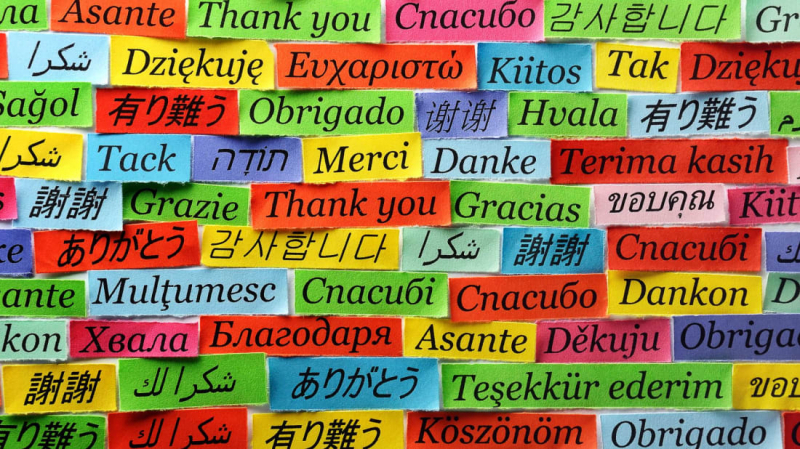
shecodes.io 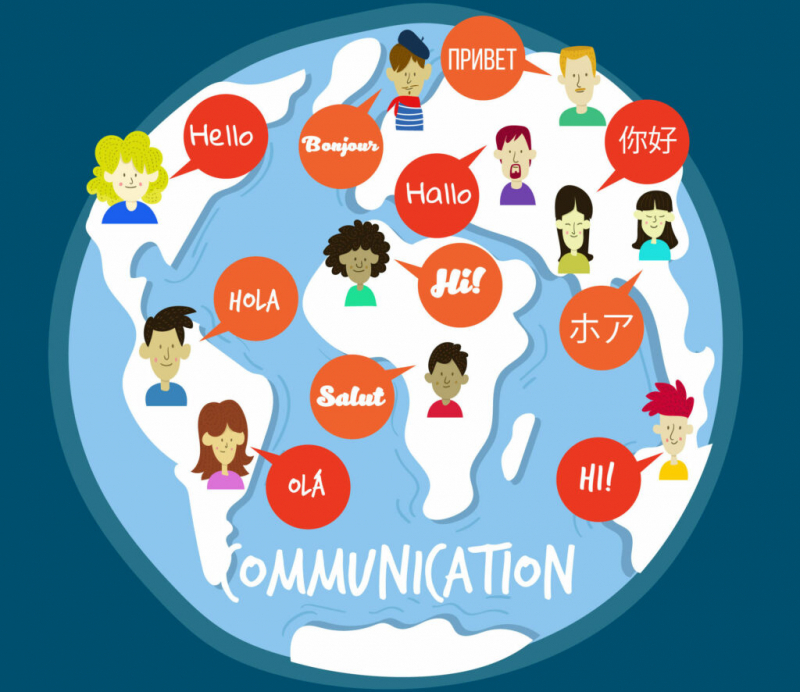
shecodes.io





























